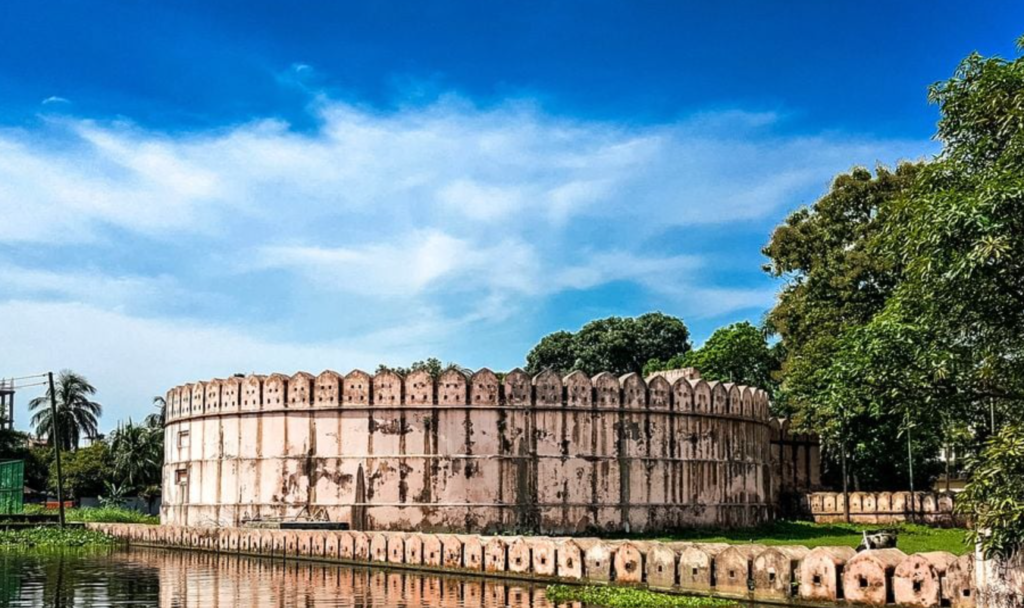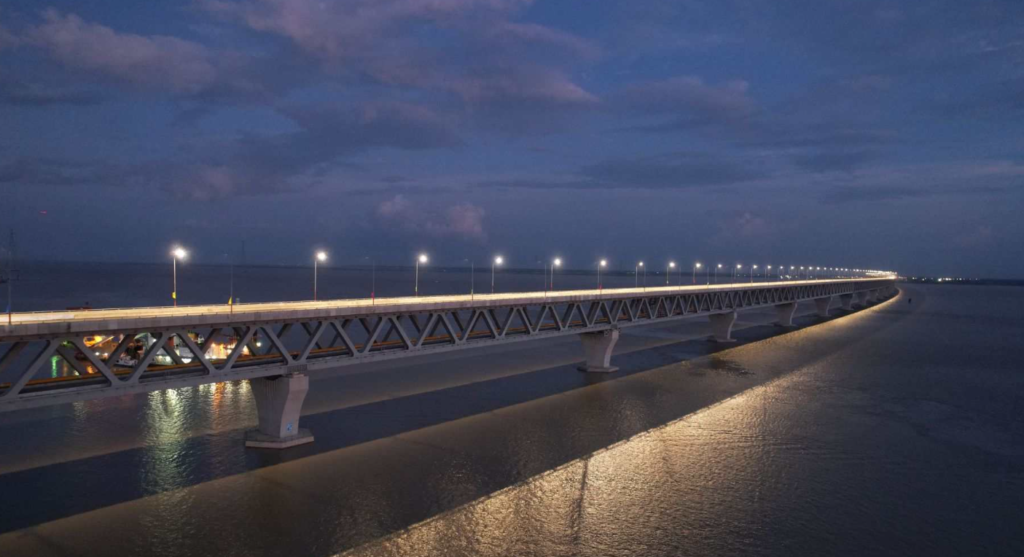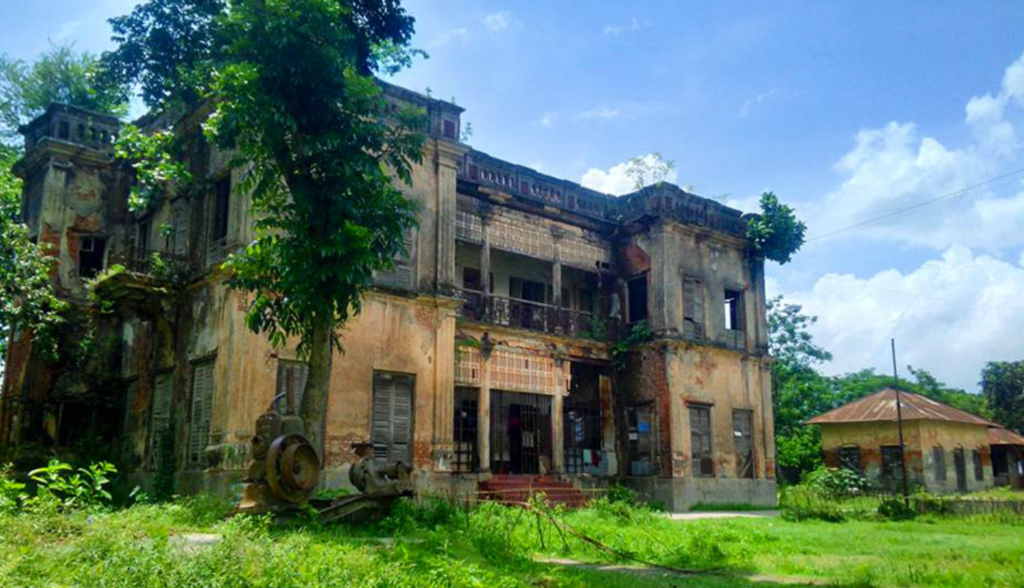Munshiganj, a district in central Bangladesh under the Dhaka Division, holds a special place in the country’s historical and cultural landscape. Known as Bikrampur in ancient times, it was once a thriving center of education, trade, and governance. Today, Munshiganj continues to captivate visitors with its rich historical heritage, scenic riverine beauty, and vibrant culture.
A Historical Overview
Munshiganj has a history that dates back thousands of years. The region, formerly known as Bikrampur, was a significant seat of power during the Pala and Sena dynasties. It served as a cultural and intellectual hub, producing renowned scholars, poets, and religious leaders.
One of the most notable figures from Munshiganj is Atish Dipankar, a great Buddhist scholar and teacher who played a pivotal role in spreading Buddhism across Asia. The district was also a center for maritime trade, owing to its strategic location near the confluence of major rivers.
Munshiganj’s Top Attractions
1. Idrakpur Fort

Built in the 17th century during the Mughal era, Idrakpur Fort is a historic stronghold designed to protect against pirate invasions. The fort, situated in the heart of Munshiganj Sadar, offers a glimpse into the region’s military history and architectural grandeur.
2. Padma Bridge and Mawa Point

The Padma Bridge, a modern engineering marvel, has transformed Munshiganj into a key gateway connecting southern Bangladesh to the rest of the country. Visitors flock to Mawa Point to enjoy stunning views of the Padma River and indulge in local delicacies, especially fresh Hilsa fish.
3. Bikrampur Museum
This museum is dedicated to preserving the heritage of the ancient Bikrampur region. It houses an impressive collection of artifacts, including ancient coins, sculptures, and terracotta plaques, which provide insights into the area’s rich history.
4. Jalalpur Zamindar Bari
The Jalalpur Zamindar Bari stands as a symbol of the opulence and influence of Bengal’s zamindari era. The intricately designed mansion and its sprawling gardens transport visitors back to a bygone era of grandeur.
5. Meghna River and Boat Rides
The Meghna River, one of the largest rivers in Bangladesh, flows through Munshiganj, offering breathtaking vistas and opportunities for tranquil boat rides. During the monsoon season, the river comes alive with traditional Nouka Baich (boat races).
6. Munshiganj Rajbari (Palace)

The Munshiganj Rajbari is another historical gem, showcasing the architectural finesse of the region’s aristocratic families.
Notable Personalities from Munshiganj
Munshiganj has been the birthplace of many prominent figures who have left indelible marks on history and culture:
- Atish Dipankar (980–1054): A Buddhist philosopher, scholar, and teacher whose contributions to Buddhist teachings are celebrated worldwide.
- Jasimuddin (1903–1976): The “Poet of the Village,” Jasimuddin’s works vividly depict the rustic beauty of rural Bengal.
- Jagadish Chandra Bose (1858–1937): A pioneer in biophysics and radio science, Bose’s scientific achievements are celebrated globally.
Administrative Upazilas
Munshiganj is divided into six upazilas, each with its unique charm and significance:
- Lohajang: Known for Mawa Point and its proximity to the Padma Bridge.
- Sreenagar: Famous for its lush greenery and cultural festivals.
- Sirajdikhan: A hub of traditional craftsmanship and historical landmarks.
- Gazaria: Renowned for its serene rural landscapes and agricultural output.
- Tongibari: Home to numerous small-scale industries and scenic views.
- Munshiganj Sadar: The administrative and cultural heart of the district.
Economy and Livelihood
Munshiganj’s economy is primarily driven by agriculture, fishing, and trade. The district is famous for its production of rice, jute, and vegetables. The rivers Meghna, Padma, and Dhaleshwari provide abundant fish, contributing significantly to the local economy.
With the construction of the Padma Bridge, Munshiganj has become a strategic economic hub, enhancing connectivity and boosting trade. Local industries, including handloom weaving and pottery, also play a vital role in the district’s economy.
Cultural Festivities
Munshiganj’s cultural calendar is vibrant with events such as:
- Nouka Baich (Boat Races): These traditional races are held during the monsoon season, attracting participants and spectators from across the region.
- Bikrampur Festival: A celebration of the district’s rich history and cultural heritage.
- Poush Mela: This winter fair showcases local crafts, music, and food, reflecting the district’s vibrant traditions.
Conclusion
Munshiganj is more than just a district; it is a treasure trove of history, culture, and natural beauty. From ancient relics and historical landmarks to serene rivers and vibrant festivals, Munshiganj offers something for everyone. Whether you’re a history enthusiast, a nature lover, or a cultural explorer, Munshiganj promises a journey that will leave you enriched and inspired.
Plan your visit to Munshiganj and experience the timeless charm of this captivating district.





One thought on “Munshiganj: A Gem of History, Culture, and Natural Beauty”